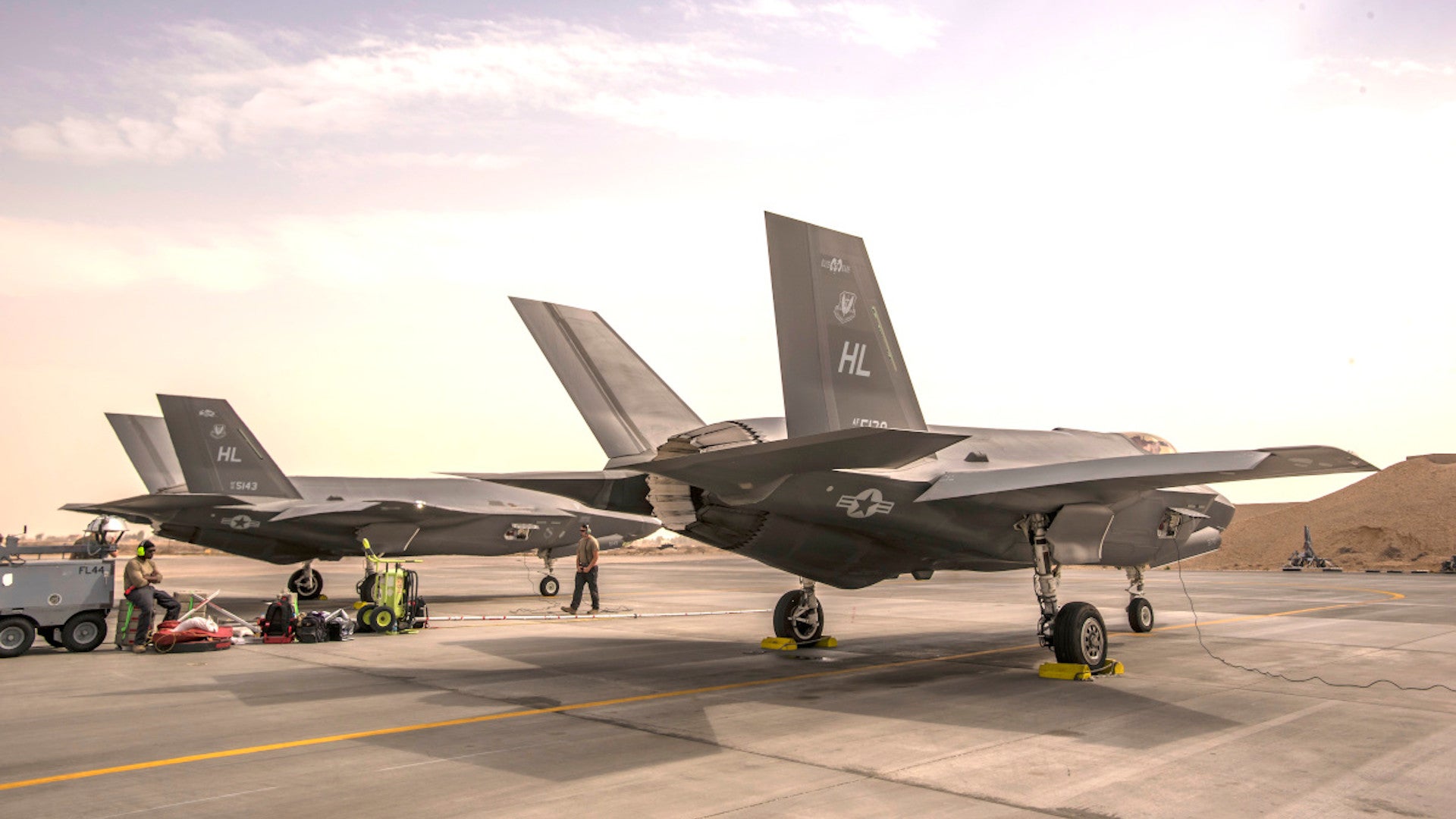The U.S. Air Force sent two F-35A Joint Strike Fighters to an “undisclosed location” in the Middle East earlier this year, which appears to be Muwaffaq Salti Air Base in Jordan, demonstrating its ability to rapidly shift assets within the region to respond to emerging contingencies. Just days ago the U.S. military also publicized the flight of an F-35A over an isolated and strategic outpost in southern Syria, which has repeatedly come under attack from Iranian-backed militias and Russian forces in the past.
The two F-35s from 34th Expeditionary Fighter Squadron began flying sorties from their temporary deployment location on Feb. 16, but the Air Force’s 332nd Air Expeditionary Wing’s public affairs office only posted images of Joint Strike Fighter flight operations from the “undisclosed location” on the official Defense Visual Information Distribution Service website on Apr 20. The 332nd is based at Ahmad Al Jaber Air Base in Kuwait, but also oversees the 407th Air Expeditionary Group, which manages operations at Muwaffaq Salti. Elements of the 34th arrived at Al Dhafra Air Base in the United Arab Emirates, home of the 380th Air Expeditionary Wing, in November 2019, marking the start of the second F-35A deployment to the Middle East that year.
“The 34th EFS [Expeditionary Fighter Squadron] is demonstrating the Rapid Unit Dynamic Employment, a concept for the 5th generation Lightning II enterprise, by forward deploying a small team of aircraft, maintainers, and pilots,” a caption for one of the pictures reads.
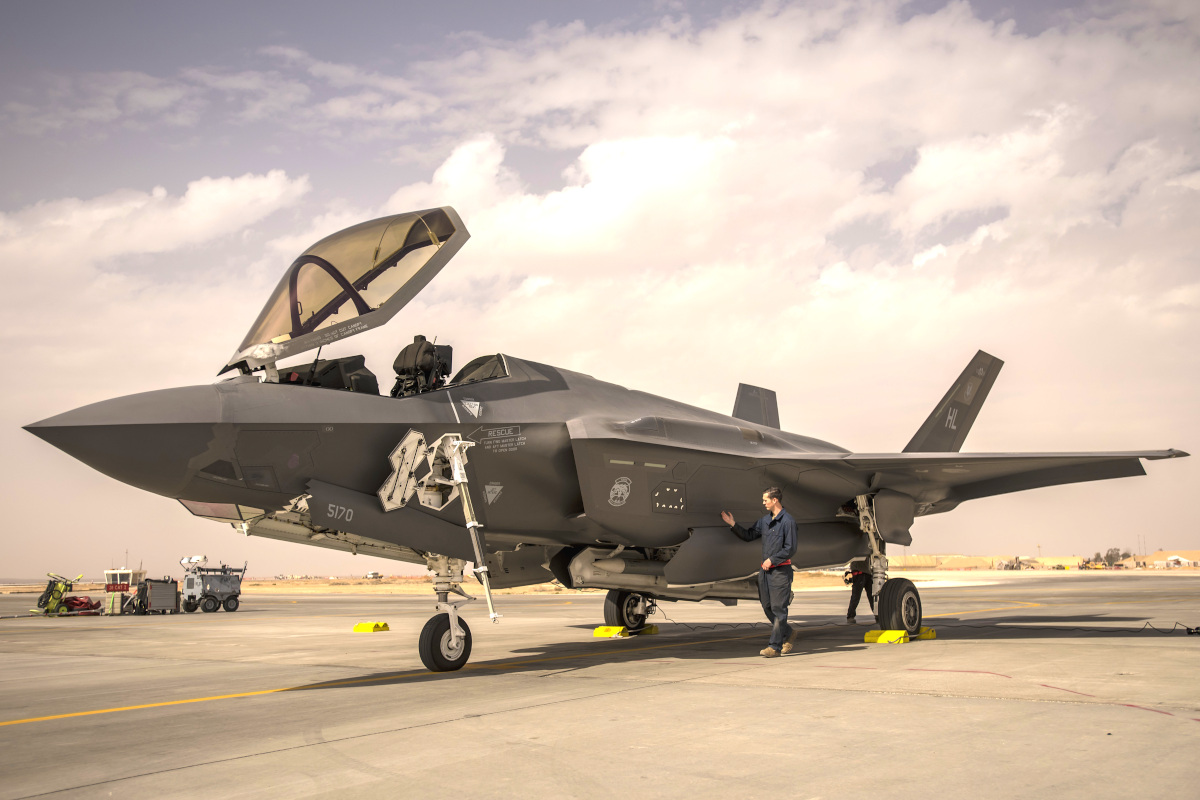
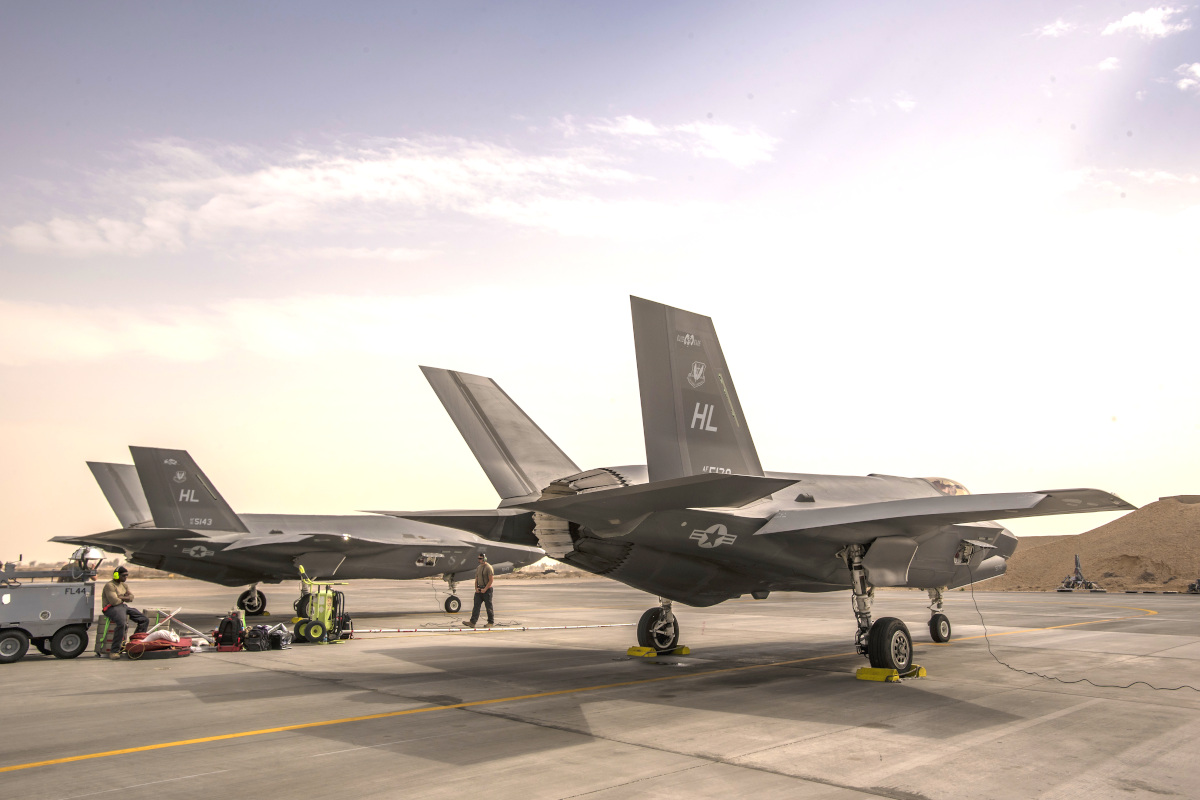
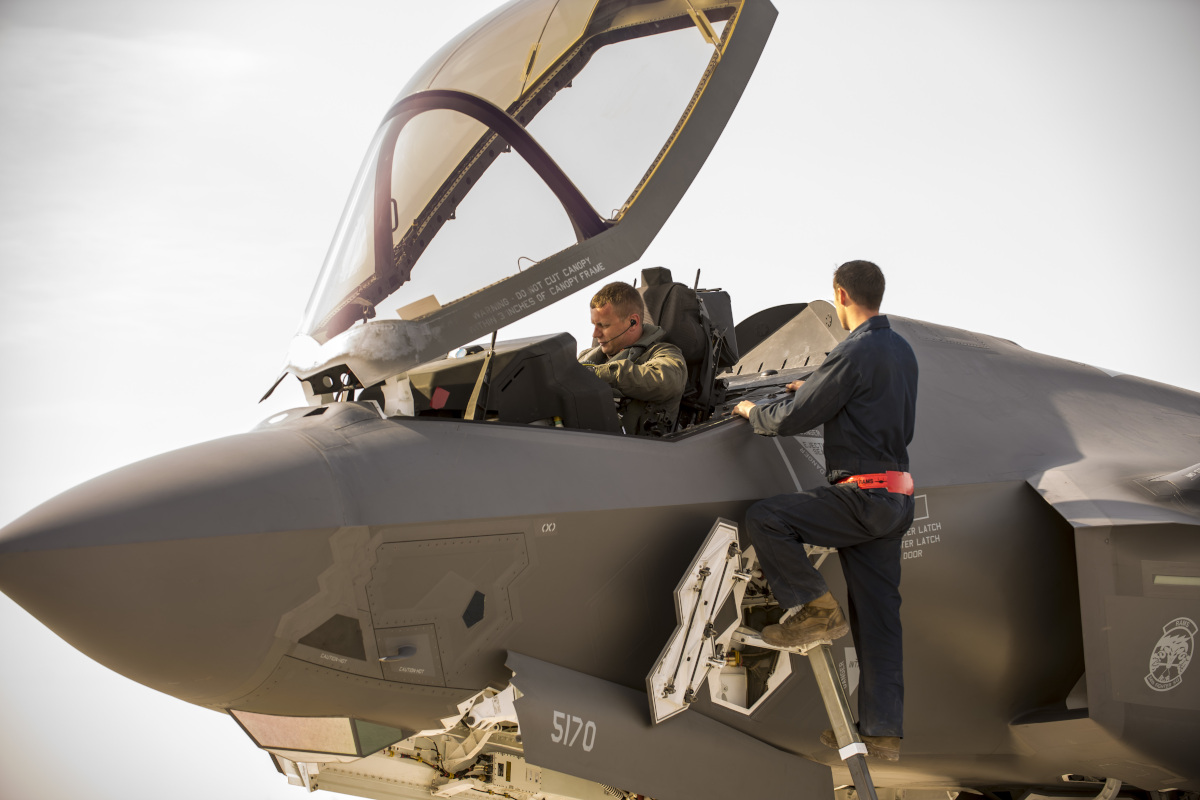
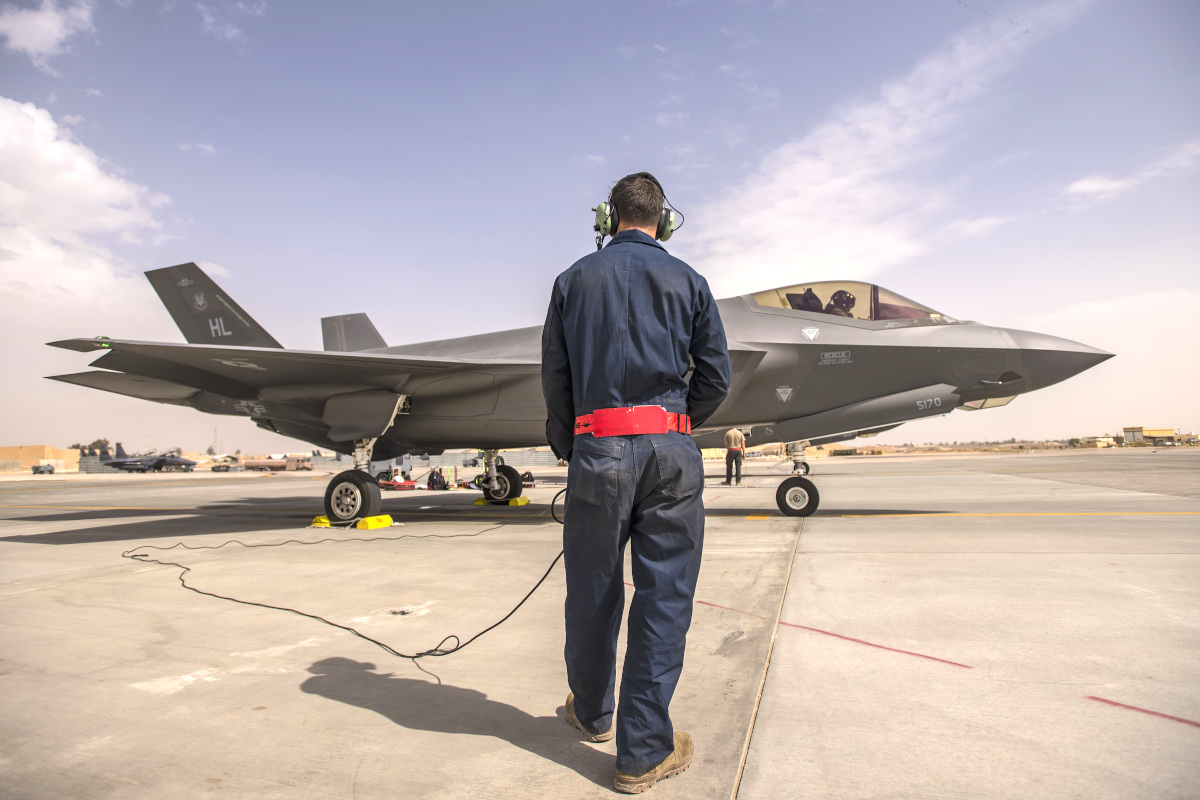
This is not the first time that Air Force F-35As have gone to Muwaffaq Salti. In August 2019, elements of the 4th Expeditionary Fighter Squadron flew there from Al Dhafra as part of Exercise Agile Lightning, which “demonstrated the adaptive basing methodology where personnel and aircraft can operate in austere environments to complete essential missions vital to the defense of U.S. assets and personnel,” according to the Air Force.
Last year, Air Force plans to dramatically increase the available facilities at Muwaffaq Salti to support both longer and shorter-duration deployments also emerged, which The War Zone was first to report on.
More broadly, the Air Force has been experimenting with a number of rapid deployment concepts in recent years as it works to expand its ability to quickly deploy various types of aircraft, manned and unmanned, especially stealth aircraft that typically require more robust infrastructure and logistics chains, to austere locations during expeditionary and distributed operations. Concerns about the vulnerability of existing fixed bases have been a major driving force behind these efforts and are pushing the service to explore ideas for how it might establish all new airfields right in the midst a major conflict.
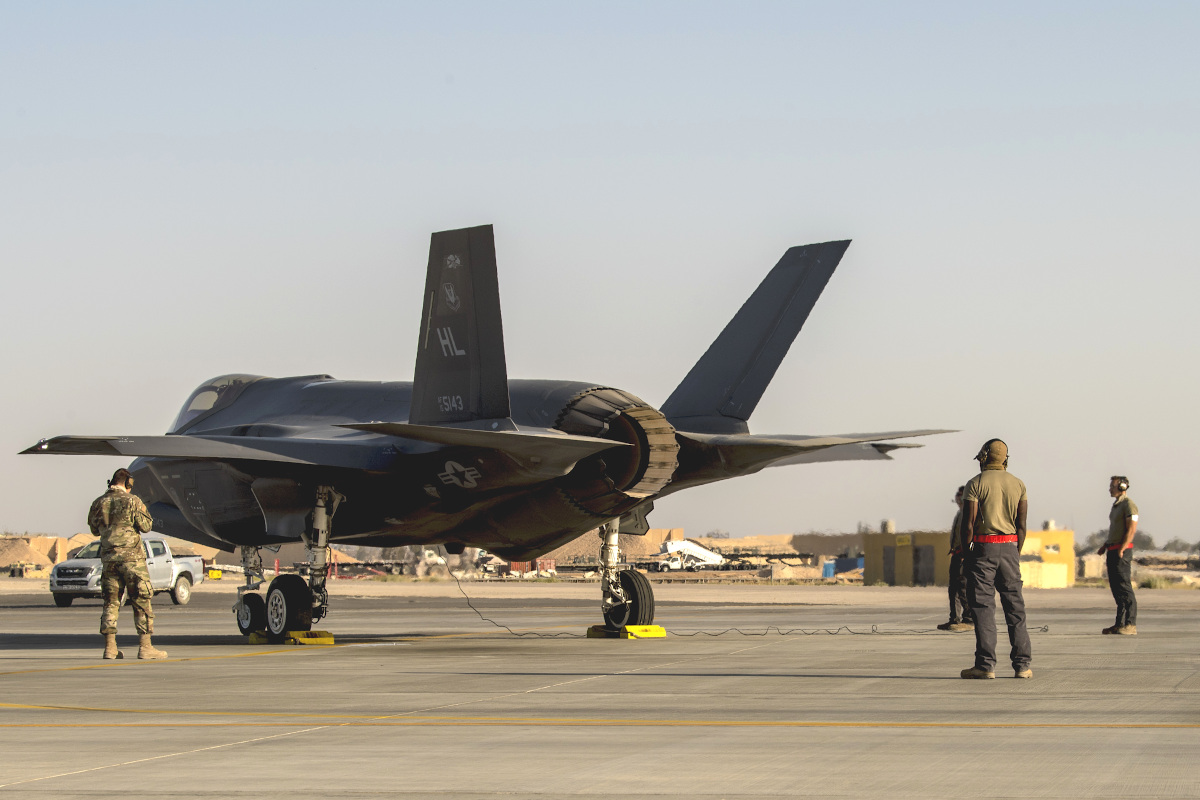
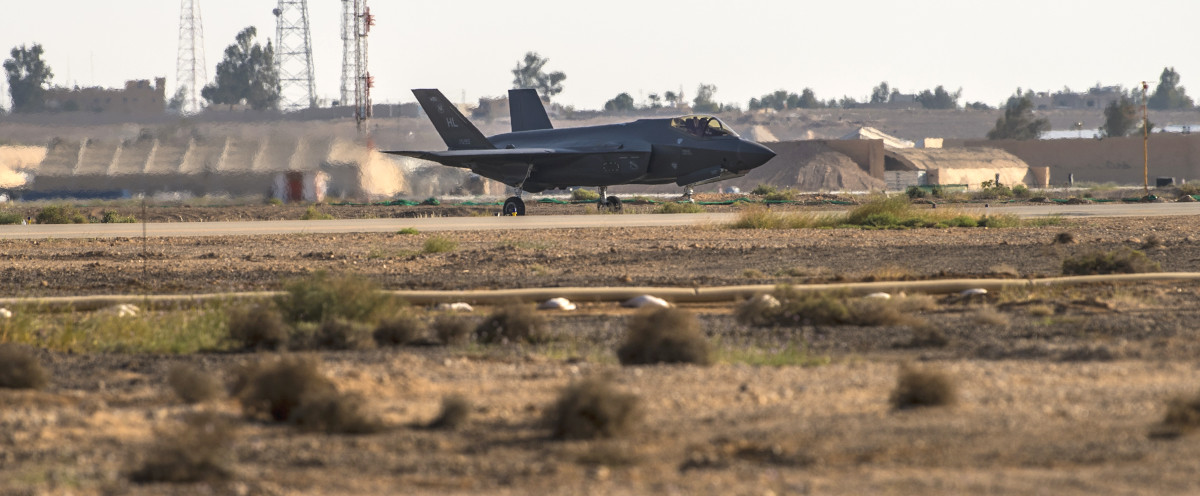
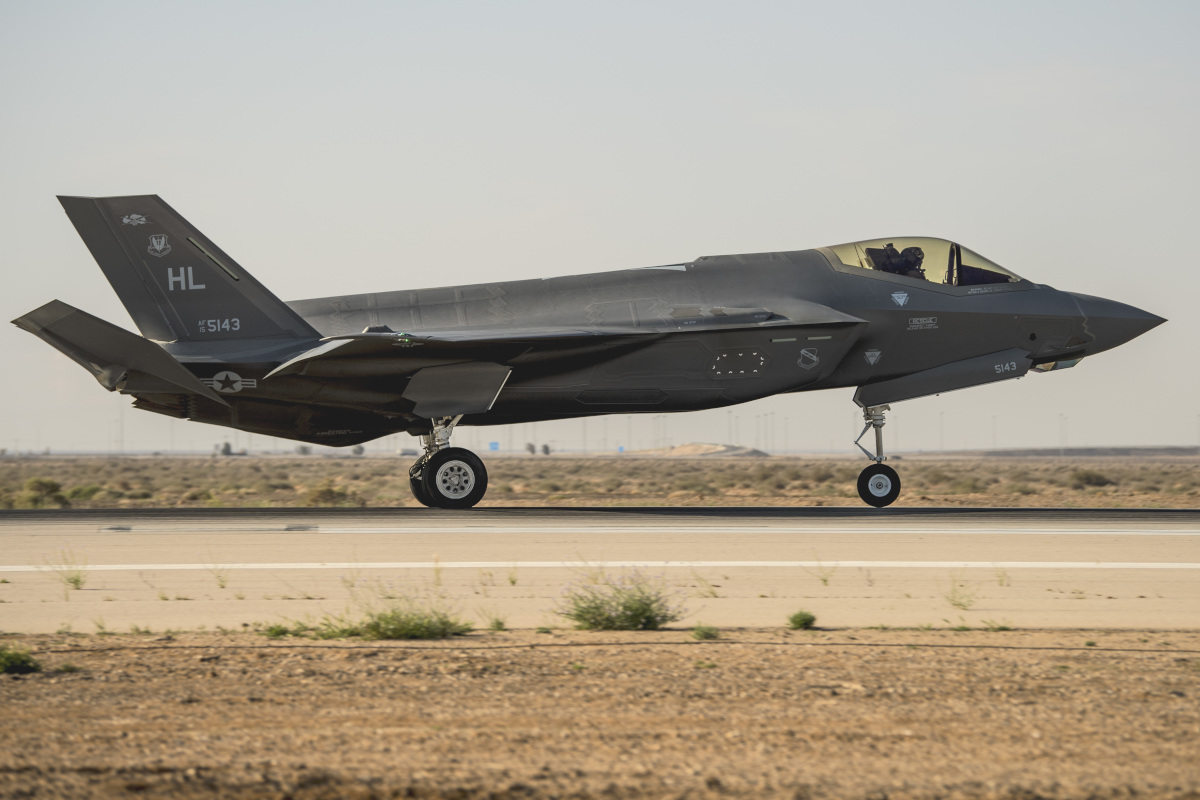

The service’s F-22 community had already pioneered this with the Rapid Raptor concept of operations, which has continued to evolve since it first appeared in 2014. At its core, Rapid Raptor, which you can read about in more detail in this past War Zone piece, allows the service to quickly send four F-22s and necessary supporting personnel and equipment anywhere in the world and get them flying combat sorties all within 72 hours.
In 2018, the Air Force performed a Rapid Raptor-like deployment to Muwaffaq Salti, as well. A KC-10A Extender aerial refueling tanker, also demonstrating its ability to serve as a cargo aircraft, helped the F-22s and their supporting elements deploy from Al Dhafra to the base in Jordan.

When F-35As from the 34th expeditionary Fighter Squadron first arrived at Al Dhafra in April 2019, they took the place of F-22s that had regularly deployed to that base since 2009. As the U.S. expanded its activities against ISIS in Syria in the late 2010s, Raptors were among the aircraft most commonly employed to conduct patrols over that country. The F-22s had also regularly served as quarterbacks for broader U.S. and coalition air operations in Syria, a role that the F-35As, with their impressive sensor fusion and data sharing capabilities, now provide.
Air Force F-35As have been conducting a variety of combat operations, including airstrikes, against ISIS in Syria, as well as Iraq, for months now. However, the rapid deployment to Jordan is likely linked, at least in part, to the continued U.S. presence at a garrison near the city of At Tanf, which lies along a major highway in the region and is situated fewer than 15 miles from both the Iraqi and Jordanian borders. U.S.-backed Syrian forces and American troops, primarily special operations forces, occupy this highly strategic location.
On Apr. 10, a Joint Strike Fighter made a pass by the At Tanf garrison. Special Operations Joint Task Force-Operation Inherent Resolve, the top special operations component of the U.S.-led coalition fighting ISIS, publicized the sortie. It was a clear signal to potential opponents about the U.S. military’s willingness and capability to defend the base. It also offered a rare look at an F-35 on an actual operational mission.
At Tanf, which the U.S. government has directly linked to challenging the ability of Iranian forces and Iran’s regional proxies to move unfettered overland between Iran and Syria, as well as Lebanon, by way of Iraq, has certainly come under threat before. In 2017, American airpower countered a number of attempted attacks by Iranian-backed militias aligned with Syrian dictator Bashar Al Assad and armed with heavy armor and artillery. They also shot down multiple Iranian drones in the vicinity of the garrison.
Russia also conducted multiple strikes on the base on June 16, 2016, but there were no U.S. troops there at the time. U.S. combat jets responded to the initial strike, but the Russians returned after those aircraft left to refuel. The incident prompted the United States to reinforce the garrison. In 2018, the Kremlin again threatened to attack the base.
The Air Force’s ability to send F-35As to Muwaffaq Salti, where it also has F-15E Strike Eagle combat jets deployed and which is significantly closer to At Tanf than Al Dhafra, further demonstrates its ability to rapidly move reinforcements to the area to help protect the garrison, as well as conduct other contingency operations in the region.
The overflights of At Tanf are also likely a valuable morale boost for the personnel manning the secluded outpost, the future of which is uncertain as the U.S. military sputter-starts its way through often-changing plans about drawing down its overall presence in Syria.
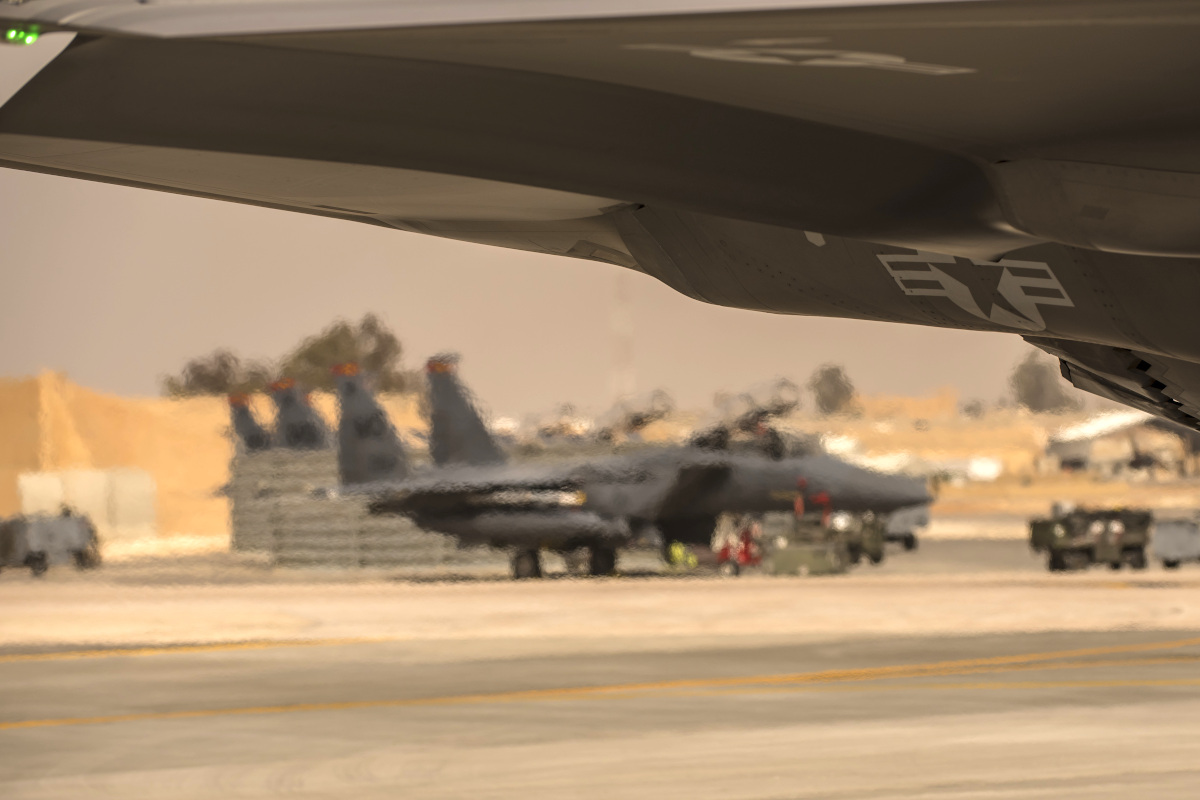
But, no matter what the future of the At Tanf garrison might look like, the Air Force’s rapid deployment of F-35As to Muwaffaq Salti definitely reflects expeditionary and distributed concepts of operations that the service looks set to increasingly employ in the Middle East, as well as elsewhere around the world to quickly respond to a wide array of contingencies.
Contact the author: joe@thedrive.com
